Top 10 Most Beautiful Summer Flowers to Show Your Feelings & Emotions
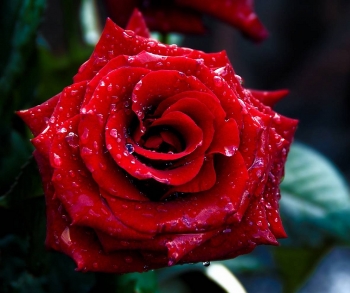 Top 9 Most Beautiful Flowers in the World That You Need To Know Top 9 Most Beautiful Flowers in the World That You Need To Know |
 Top 15 Beautiful But Strangest Flowers in the World Top 15 Beautiful But Strangest Flowers in the World |
 |
| Summer Flowers. Photo: KnowInsiders.com |
| Contents |
You can count on seeing most flowers in full bloom by the time summer arrives. Gardens at this time of year will be visually stunning, with an abundance of vibrant colors, fragrant scents, and active life.
A flower is the simplest expression of love and care. Beautiful flowers have a way of lifting our spirits. They are a genuine and easy way to cheer us up. Sending someone who is sick or having a bad day a bouquet of beautiful flowers is a surefire way to brighten their day.
What Are the Most Beautiful Summer Flowers?
1. Sunflowers
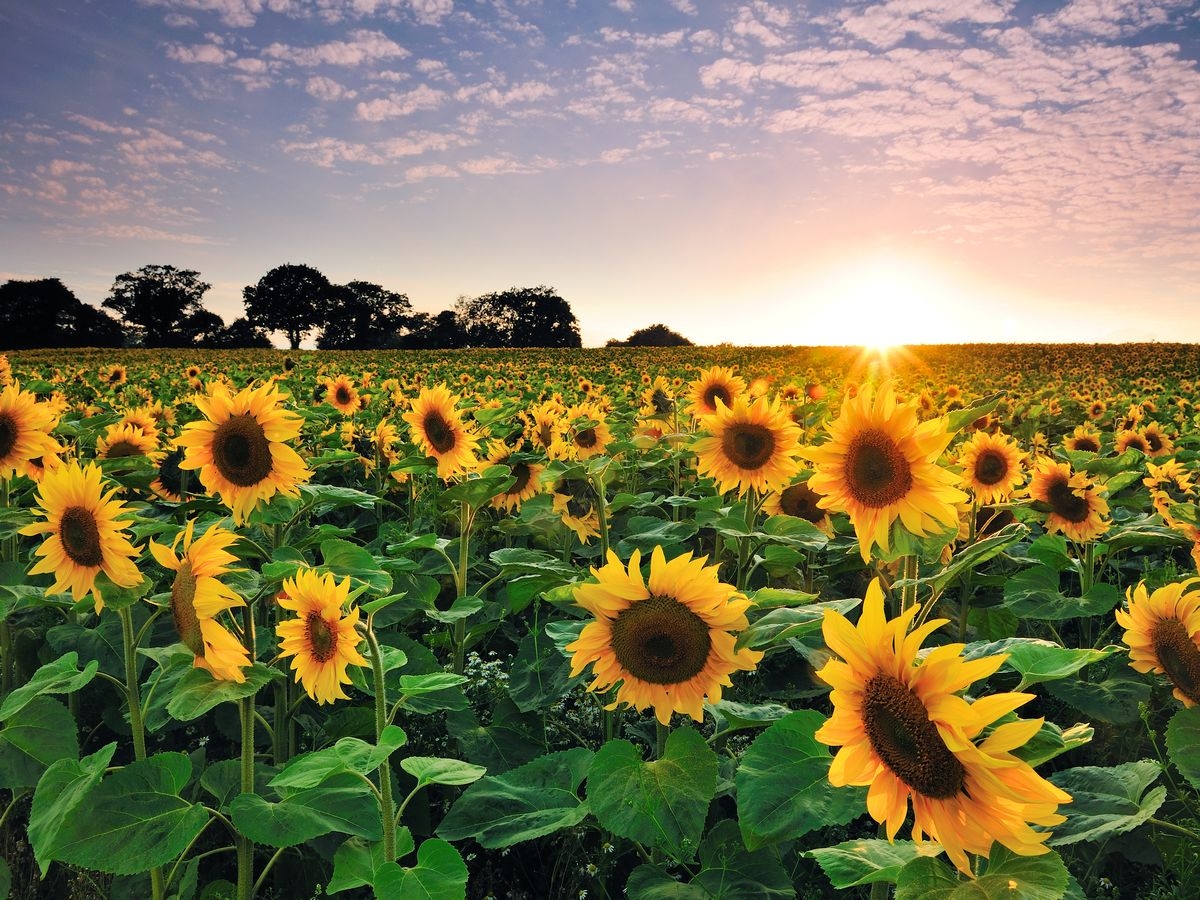 |
| Sunflowers - Photo: HampshireLive |
Which flower best represents the season of heat?
Sunflowers, of course. The word "sun" is even part of the name! Also, we feel that pictures taken in sunflower fields are the most Instagrammable thing a woman can take. Need some flowers that are eight feet tall?
You can't spend the entire summer ambling through sunflower fields, unfortunately. Even on overcast days, a bouquet of sunflowers can brighten things up.
2. Lavender
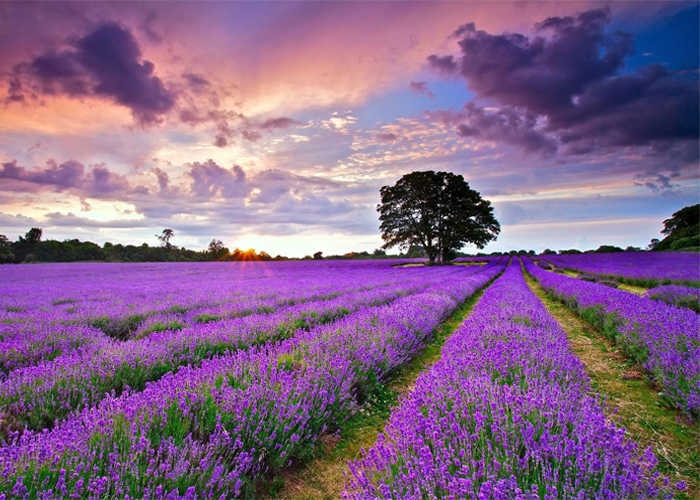 |
| Photo: 123tadi |
Lavender, whether it be Spanish, French, or English, is a popular herb in gardens because of the calming aromas, delicious flavors, and eye-catching visuals it provides. There are more than 40 different species of these semi-evergreen perennials or sub-shrubs, all of which are endemic to the regions surrounding the Mediterranean. They have gray-green, hairy, linear leaves and purple, violet, lavender, or pinkish-white flowers.
The lavender oil used in aromatherapy, perfumes, bath products, and sleep-inducing lavender water is extracted from tiny glands on the plant's flowers, leaves, and stems. Monofloral lavender honey, teas flavored with lavender, and culinary uses for lavender are all highly sought after.
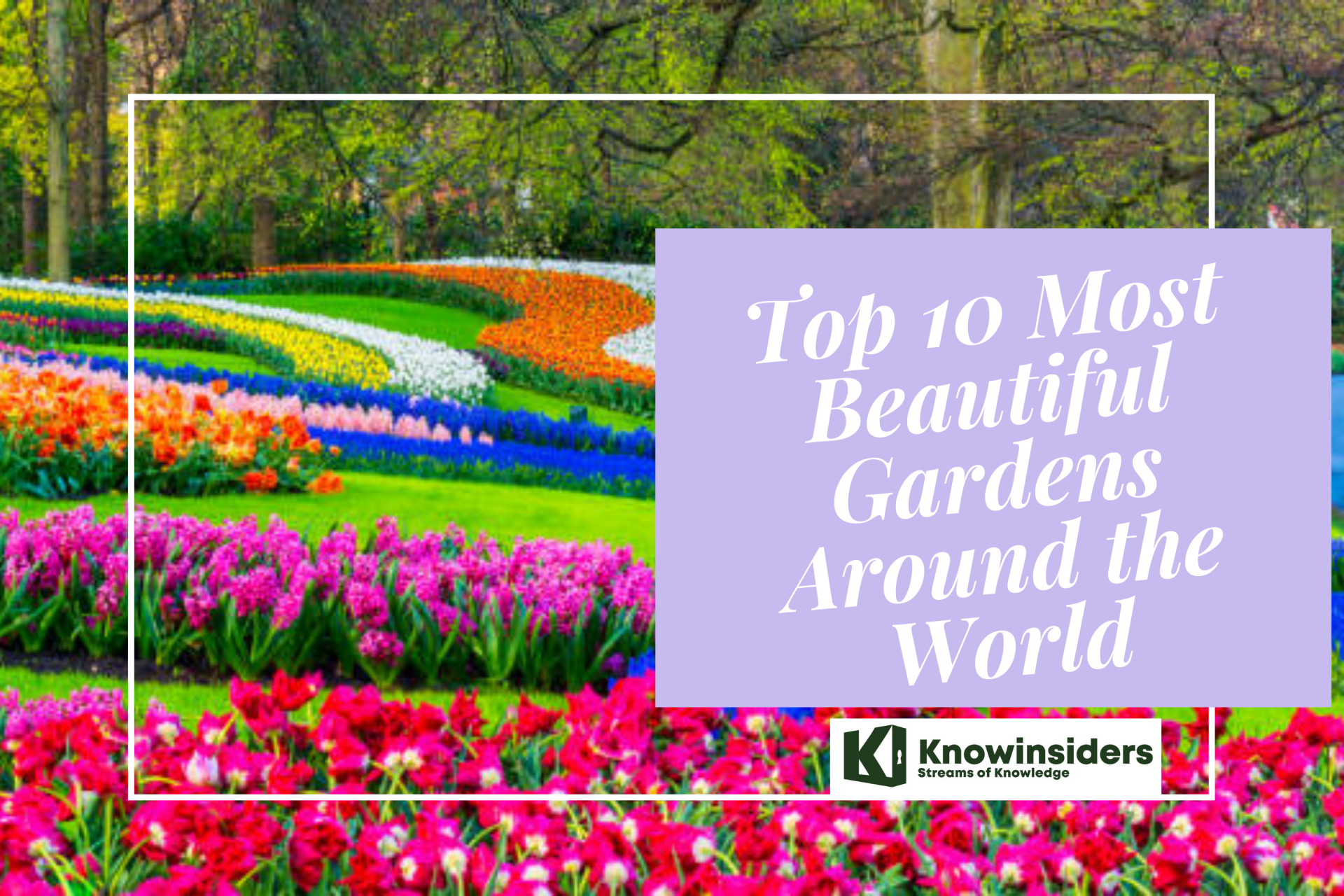 Top 10 Most Beautiful Gardens Around the World Today Top 10 Most Beautiful Gardens Around the World Today |
3. Dahlia
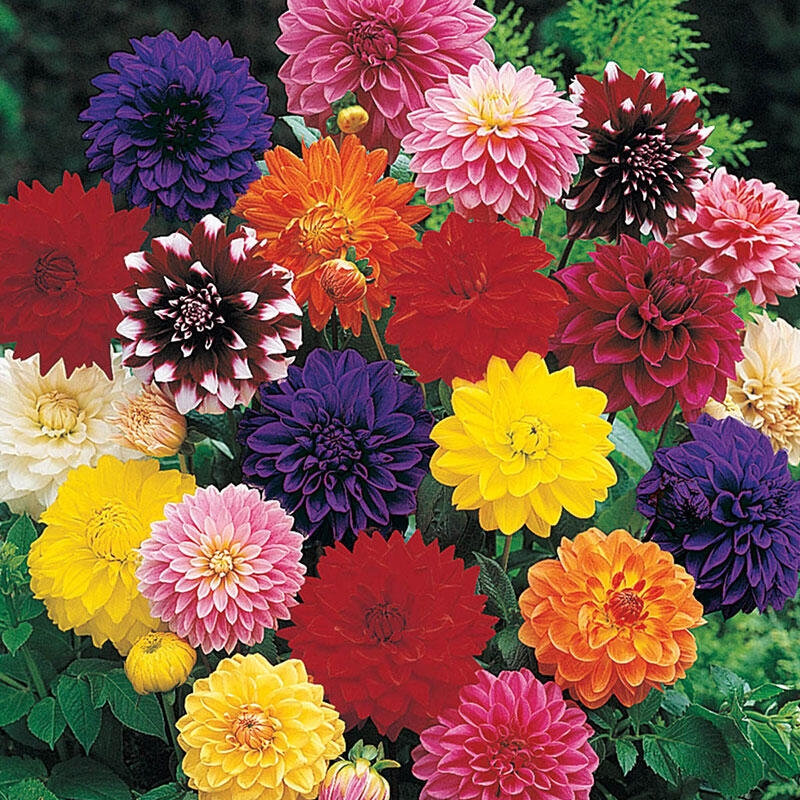 |
| Photo: Breck's |
The dahlia is a genus of bushy, tuberous, perennial plants that are endemic to Central America, Colombia, and Mexico. The botanist Anders Dahl was honored with the naming of this flower. They are perennials that bloom once a year.
About 30 species and 20,000 cultivars are recognized. The florets in the flower head are a combination of disc florets in the center and ray florets on the periphery. The term "petal" is commonly used to refer to a floret when the term "flower" is intended. This is especially common among horticulturists.
In addition to meaning "my gratitude exceeds your care," dahlias are symbols of pride and vulnerability in the language of flowers. The dahlia is also Mexico's national flower.
4. Peonies
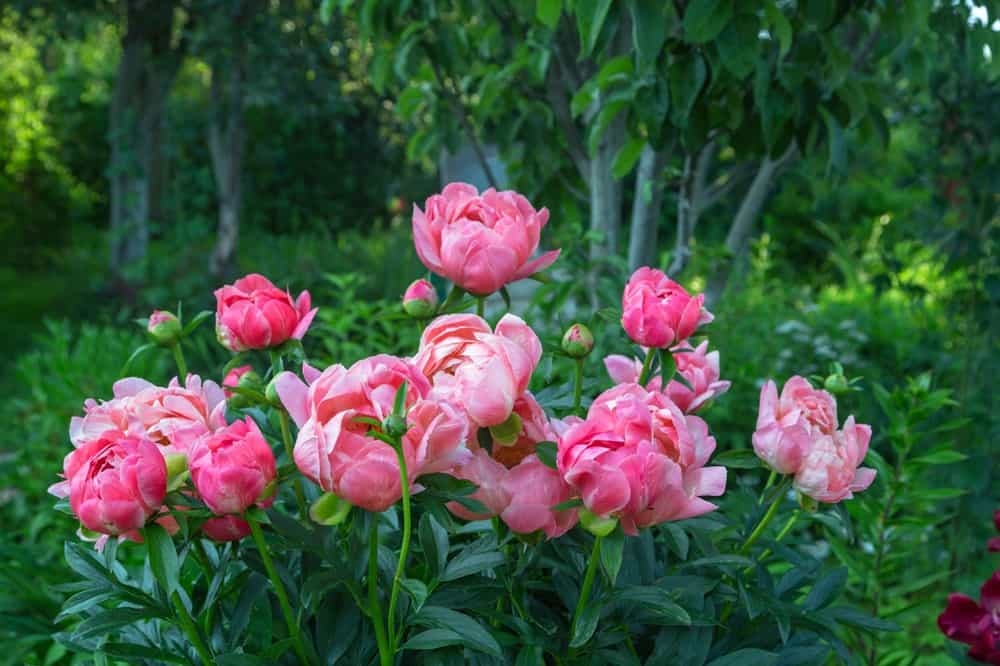 |
| Peonies - Photo: Home Stratosphere |
Peonies can be found in a wide range of colors, from pure white to red, coral, purple, pink, and even yellow. Peonies require year-round attention, not just when they're in season, so it's important to plant them at the right time and do so correctly.
Because of their potential height (up to five feet in some cases! ), peonies require a fairly large plot of land in which to flourish. Keep in mind that peonies can return year after year, so planning ahead is essential.
5. Daisies
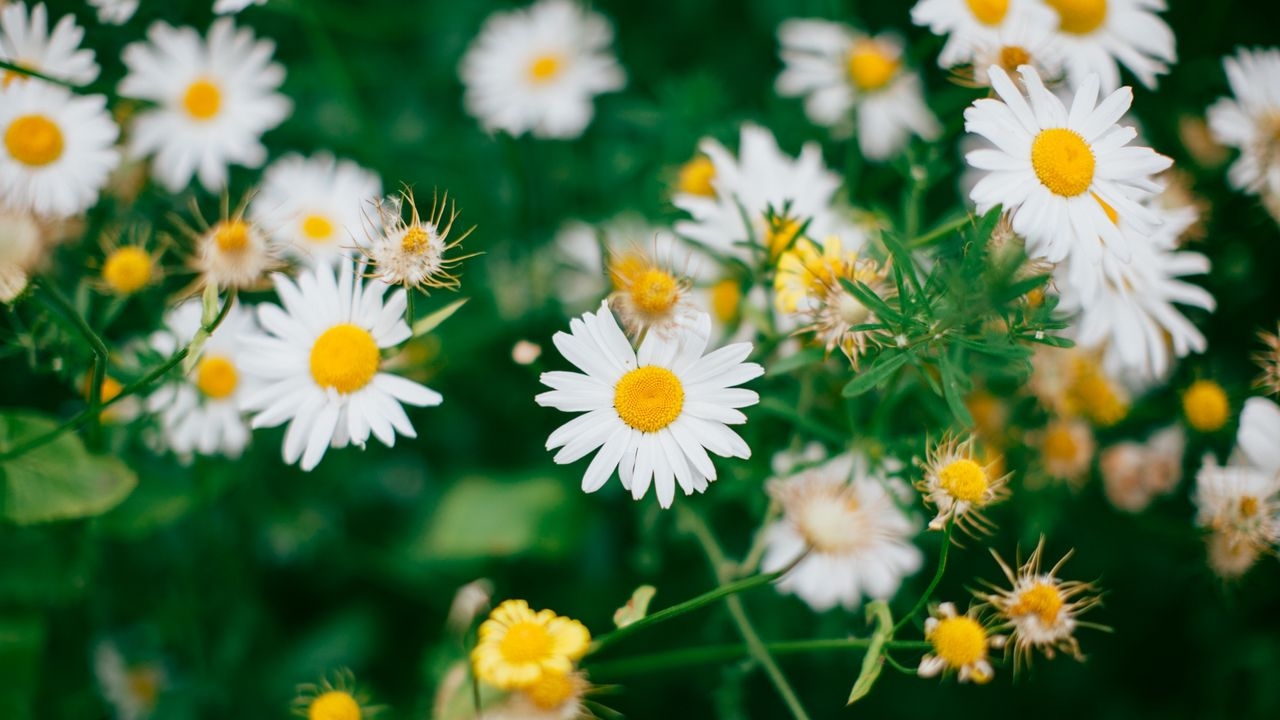 |
| Photo: WallpapersCraft |
One of the most widespread plant families, daisies can be found almost everywhere except Antarctica. In the Victorian era, daisies came to represent naiveté. The symbolic significance of daisies changes depending on their color.
Daisies flourish in typical conditions, including full sun and average soil. They can range in size from 8 inches to 4 feet, depending on the variety. In the summer, if rainfall is less than an inch per week, you should water.
6. Marigolds
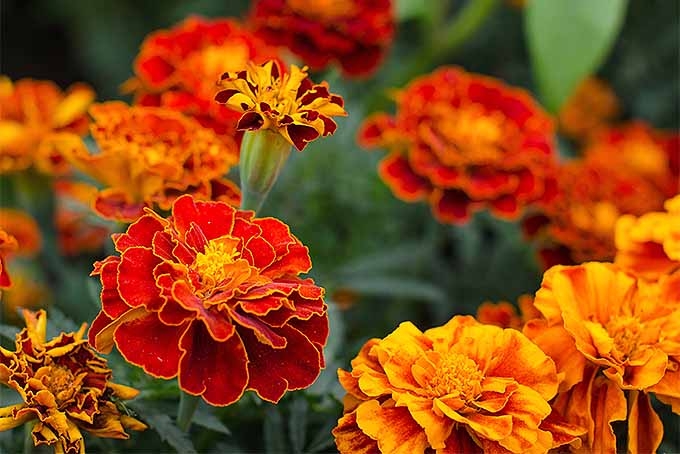 |
| Photo: Gardener's Path |
This resilient traditional favorite is an annual that your grandma most likely planted. It has a long history of success, and for good reason—it is practically unbreakable! It can withstand a light frost, withstands pests, and blooms all season long. requires full sun.
Marigolds are simple to grow from seed because they sprout within a few days and bloom within about 8 weeks. After the last chance of frost has passed and the soil has warmed up, sow seeds immediately outside. After planting, space seeds 1 inch apart and give them plenty of water.
Following germination, the seeds should be thinned according to the following recommendations: African varieties should be spaced 10 to 12 inches apart from French or Signet varieties, and vice versa. Pulling out the seedlings can disturb the roots of the seedlings left behind, so use small garden shears or landscape scissors to remove them. Although seeds can be started earlier indoors, it is not really necessary due to their quick germination time. When seedlings are 2 inches tall, they can be transplanted.
7. Roses
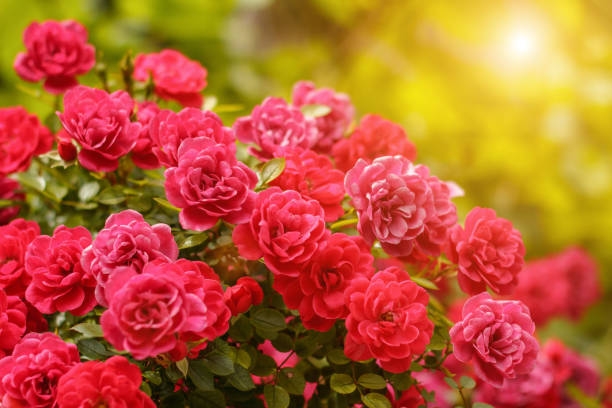 |
| Roses - Photo: iStock |
Roses are endemic to Europe, North America, and Northwest Africa, where they grow as shrubs or vines. In terms of pleasant aromas, rose is unrivaled. White, yellow, red, pink, orange, black, and many more hues are just a few of the 100 species of roses found in the world.
Roses have a subtle and alluring aroma. Among women who wear perfume, the scent of gentleness is among the most popular. Phenylethanol, the active component in rose fragrance, has been shown in some studies to reduce the body's production of stress hormones. Natural rose fragrances are a great way for modern women to unwind after a long day at the office, and their nostalgic aromas can also spark creative ideas. Additionally, it aids in enhancing the skin's protective function in response to stress.
Both the scent of roses and the ability to make oneself red with incense are not exclusive to women or the affluent. Having a woman who smells like roses around you has been shown to increase a man's level of excitement in a romantic encounter. The "weapon" that helps them keep a man close is their neat, fresh appearance and the scent of roses all over their body.
Roses are commonly used in ceremonies, fragrances, and "white" bathrooms. Roses, with their high vitamin C content, are also used as a herb. As a fairly ubiquitous flower, they can be found in any garden in the world.
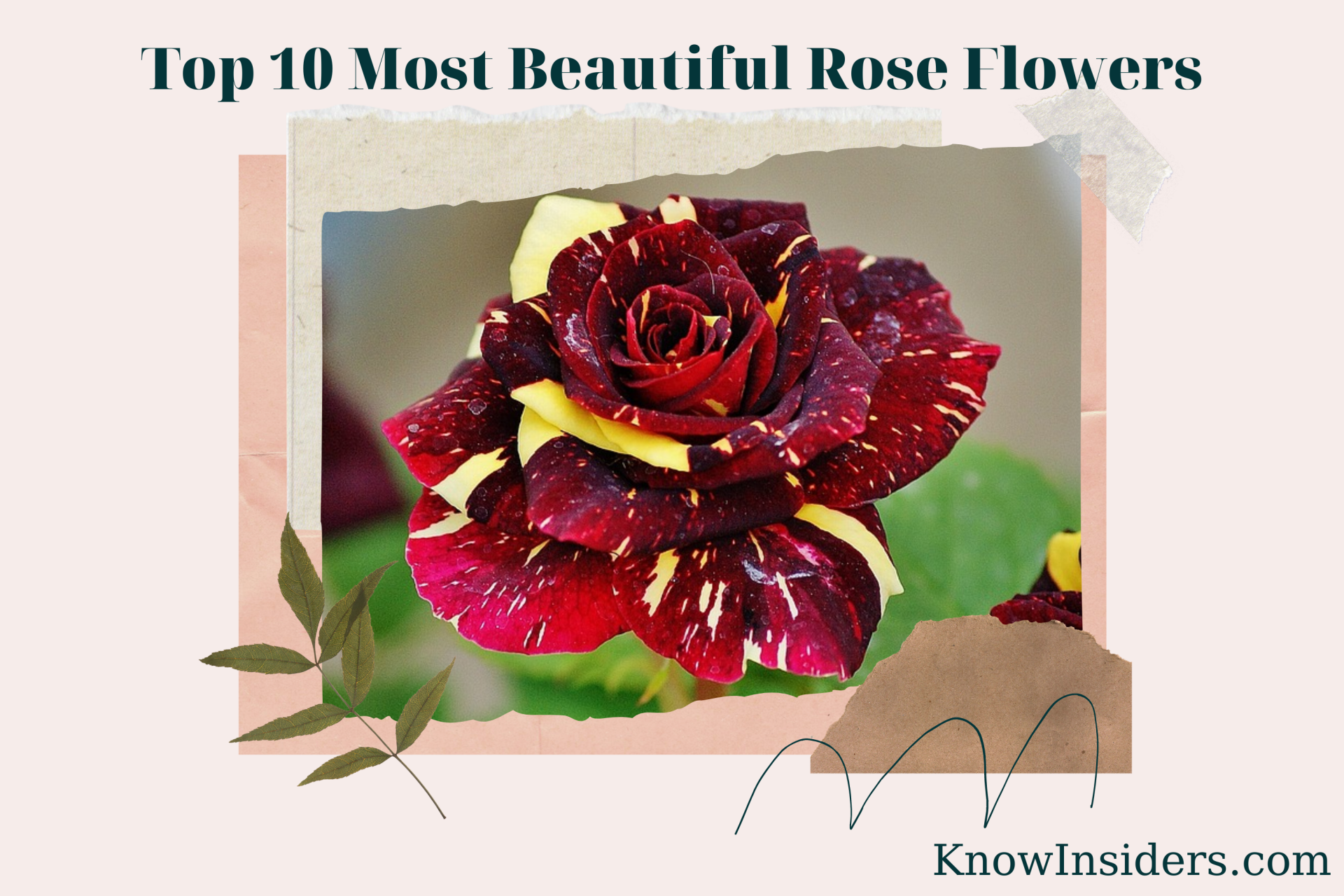 Top 10 Most Beautiful Rose Flowers From Around the World Top 10 Most Beautiful Rose Flowers From Around the World |
8. Hydrangeas
 |
| Photo: myGarden |
The hydrangea is a shrub that blooms in the spring and summer. Despite their potential to become rather large focal points in your garden, a beginner gardener will not need to ask "how do I grow hydrangeas?" because these stunning plants practically grow themselves. The hydrangea can grow up to 15 feet tall and can quickly cover an area in just one growing season.
Hydrangeas are perennials that can be grown in Zones 3–7. The flowers of hydrangeas can serve as the cornerstone of your garden from the beginning of spring until the beginning of fall.
| Hydrangea Care Tips Although the hydrangea's leaves and flowers seem delicate, little tender care is actually needed for them. Everything you need to know about caring for hydrangeas is provided in these tips. Over the course of the growing season, water at a rate of 1 inch per week. To promote root growth, deeply water three times per week. All varieties of hydrangeas benefit from constant moisture, but bigleaf and smooth hydrangeas need more water. To water thoroughly while keeping moisture off the flowers and leaves, use a soaker hose. Hydrangeas won't wilt as much if they are watered early in the day on hot days. To keep the soil around your hydrangeas cool and moist, add mulch. Over time, an organic mulch decomposes, supplying nutrients and enhancing soil texture. Apply fertilizer according to the type of hydrangeas you have. Every variety has different requirements and will profit from applying fertilizer at various times. A soil test is the most effective tool for determining your fertility requirements. In March, May, and June, bigleaf hydrangeas require several light fertilizer applications. Two applications in April and June work best for oakleaf and panicle hydrangeas. The only time smooth hydrangea plants require fertilization is in the late winter. By selecting cultivars with resistant traits, you can avoid pests and diseases. Hydrangeas can develop leaf spots, bight, wilt, and powdery mildew. Although they are uncommon on hydrangeas, pests can appear when the plants are under stress. Aphids, leaf tiers, and red spider mites are examples of potential pests. Your best line of defense is to properly care for hydrangeas. |
9. Bougainvillea
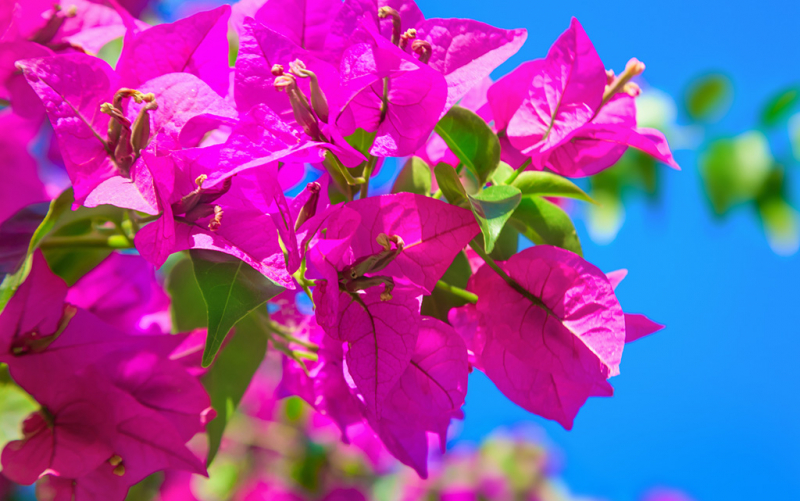 |
| Photo:Bougainvillea |
Bougainvillea is tough and beautiful — just like you. Its bright red/pink color is gorgeous. But, don’t mess with it or it’ll stick you with its thorns.
These plants hold a secret: their flowers aren’t actually flowers! Rather, they’re a type of leaf called a bract. No matter what they are, one thing’s for certain: you need them in your life.
10. Zinnia
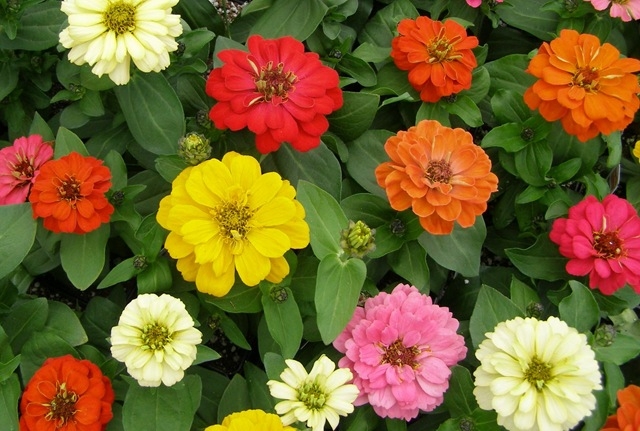 |
| Photo: Cây Cảnh Hà Nội |
A novice gardener's dream plant is a colorful, simple-to-grow zinnia. They can be sown from the last frost until early summer, and if dying blooms are deadheaded, they will consistently produce blooms the entire growing season. They are truly a "cut and come again" flower.
They are herbaceous annuals with bright, single, semi-double, or double flowers that range in diameter from 1" to 7" and are native to Mexico, South America, and the southwest United States. With their red, pink, purple, yellow, white, or orange blossoms that draw pollinators of all kinds, including hummingbirds, zinnias are ideal for a butterfly garden.
 Top Best Flowers For Mother, Wife and Girlfriend on Women's Day Top Best Flowers For Mother, Wife and Girlfriend on Women's Day Find Out The Best Flowers For Mother, Wife and Girlfriend on Women's Day (March 8)! |
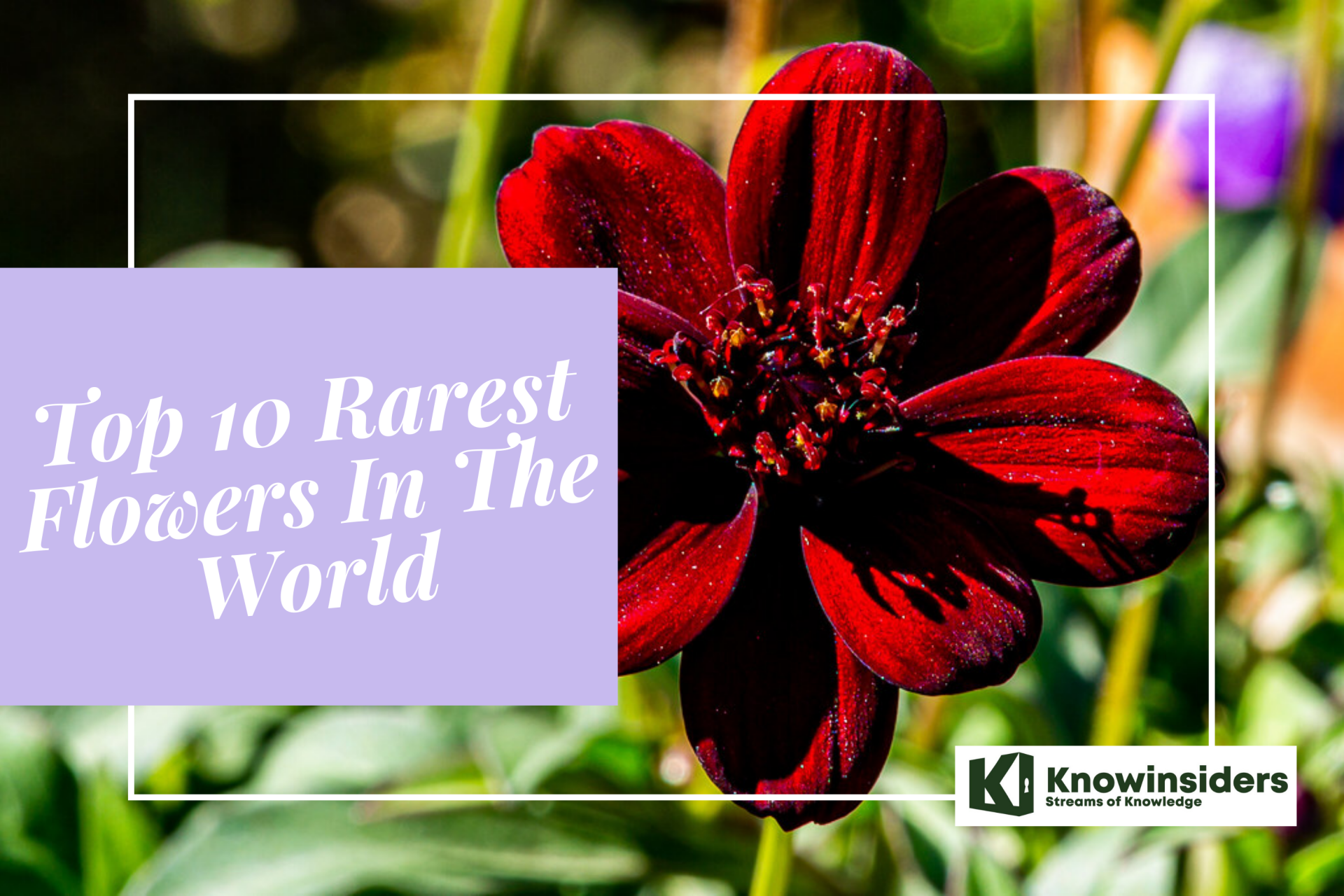 10 Rarest Flowers In The World 10 Rarest Flowers In The World There are thousands of flowers in the world, yet some flowers are so rare, bloom in specific seasons, or even after decades. Check out right ... |
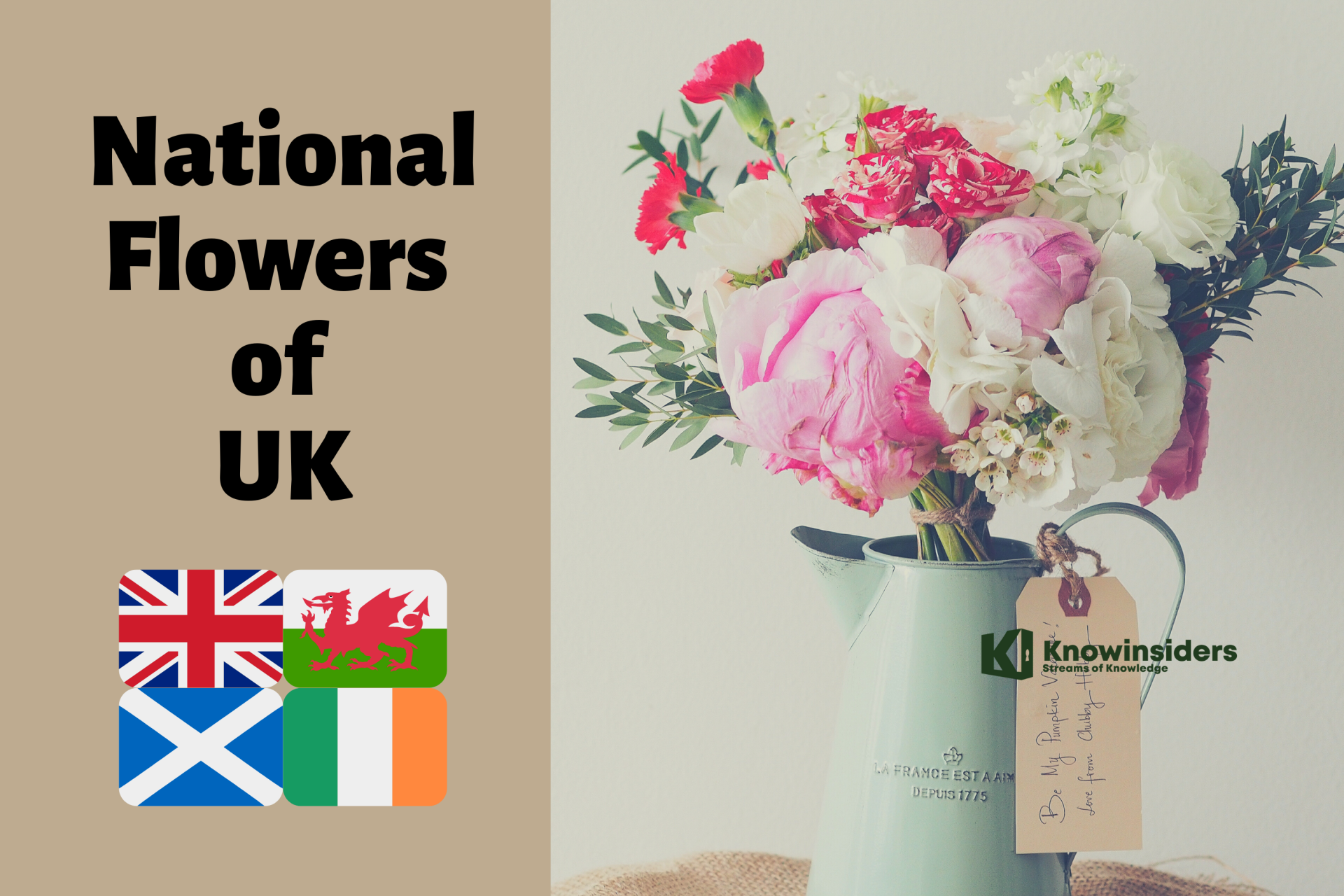 What are the National Flowers of UK? What are the National Flowers of UK? The UK is represented by four kinds of flowers: the rose, the shamrock, the thistle and the daffodil. Read on to learn about each of ... |























